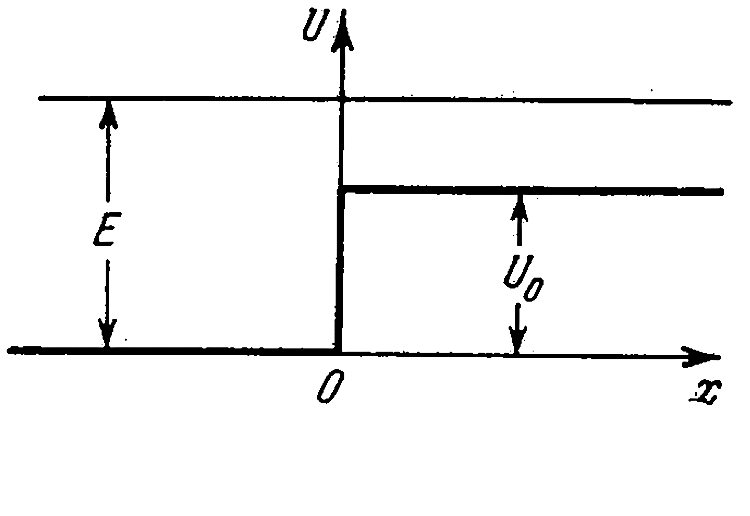The reflection coefficient R for a certain barrier tunneling problem is 0.80. The corresponding transmission coefficient T is
0.8
0.6
0.5
0.2
The correct Answer is:D
To solve the problem, we need to find the transmission coefficient T given the reflection coefficient R.
1. Understand the Relationship: In quantum mechanics, particularly in tunneling problems, the reflection coefficient R and the transmission coefficient T are related by the equation:
R+T=1
This means that the total probability of either reflection or transmission must equal 1.
2. Identify the Given Value: We are given that the reflection coefficient R is 0.80.
3. Set Up the Equation: Substitute the given value of R into the equation:
0.80+T=1
4. Solve for T: Rearranging the equation to isolate T:
T=1−0.80
5. Calculate T:
T=0.20
6. Conclusion: The corresponding transmission coefficient T is 0.20.
Final Answer:
The corresponding transmission coefficient T is 0.20.
R+T=1
This means that the total probability of either reflection or transmission must equal 1.
0.80+T=1
T=1−0.80
T=0.20
The corresponding transmission coefficient T is 0.20.
Topper's Solved these Questions
- BOOK - RESNICK AND HALLIDAYCHAPTER - PHOTONS AND MATTER WAVESEXERCISE - PRACTICE QUESTIONS (More than One Correct Choice Type)5videos
PHOTONS AND MATTER WAVES
- BOOK - RESNICK AND HALLIDAYCHAPTER - PHOTONS AND MATTER WAVESEXERCISE - PRACTICE QUESTIONS (Link Comprehension)17videos
PHOTONS AND MATTER WAVES
- BOOK - RESNICK AND HALLIDAYCHAPTER - PHOTONS AND MATTER WAVESEXERCISE - PROBLEMS50videos
PHOTONS AND MATTER WAVES
- BOOK - RESNICK AND HALLIDAYCHAPTER - OSCILLATIONSEXERCISE - Practice Questions57videos
OSCILLATIONS
- BOOK - RESNICK AND HALLIDAYCHAPTER - RELATIVITYEXERCISE - PRACTICE QUESTIONS (Integer Type)5videos
RELATIVITY
Similar Questions
Radiant energy is incident on a body at the rate of 1000 joules per minute. If the reflection coefficient of the body is 0.2 and its transmission coefficient is 0.3, find the radiant energy (i) absorbed (ii) reflected (iii) transmitted by the body in 3 minutes.
View Solutionproblem based on binomial coefficient
View Solution
Knowledge Check
- Question 1 - Select One
The regression coefficients of a bivariate distribution are −0.64and−.36. Then the correlation coefficient of the distribution is
A0.48B−0.48C0.50D−0.50 - Question 2 - Select One
The regression coefficients of a bivariate distribution are -0.64 and -0.36. Then the correlation coefficient of the distribution is
A0.48B-0.48C0.5D-0.5 - Question 3 - Select One
The coefficient of reflection is the ratio of
Aradiant energy reflected from the body to the radiant energy incident on itBradiant energy incident on the body to the radiant energy transmitted through the bodyCboth 'a' and 'b'Dnone of these
Binomial coefficients relations and their problems
View SolutionParticle of mass m and energy E moves from the left to the potential barrier shown in figure. Find:
(a) the reflection coefficient R of the barrier for E>U0
(b) the effective penetration depth of the particles into the region x>0 for E<U0i.e., the distacne from the barrier boundary to the point at which the probability of finding a particle decreases e-fold
 View Solution
View SolutionAn electron with energy E is incident upon a potential energy barrier of height Epot>E and thickness L. The transmission coefficient T
View SolutionThe coefficient of transmission is the ratio of
View SolutionThe combinatorial coefficient C(n, r) is equal to
View Solution

